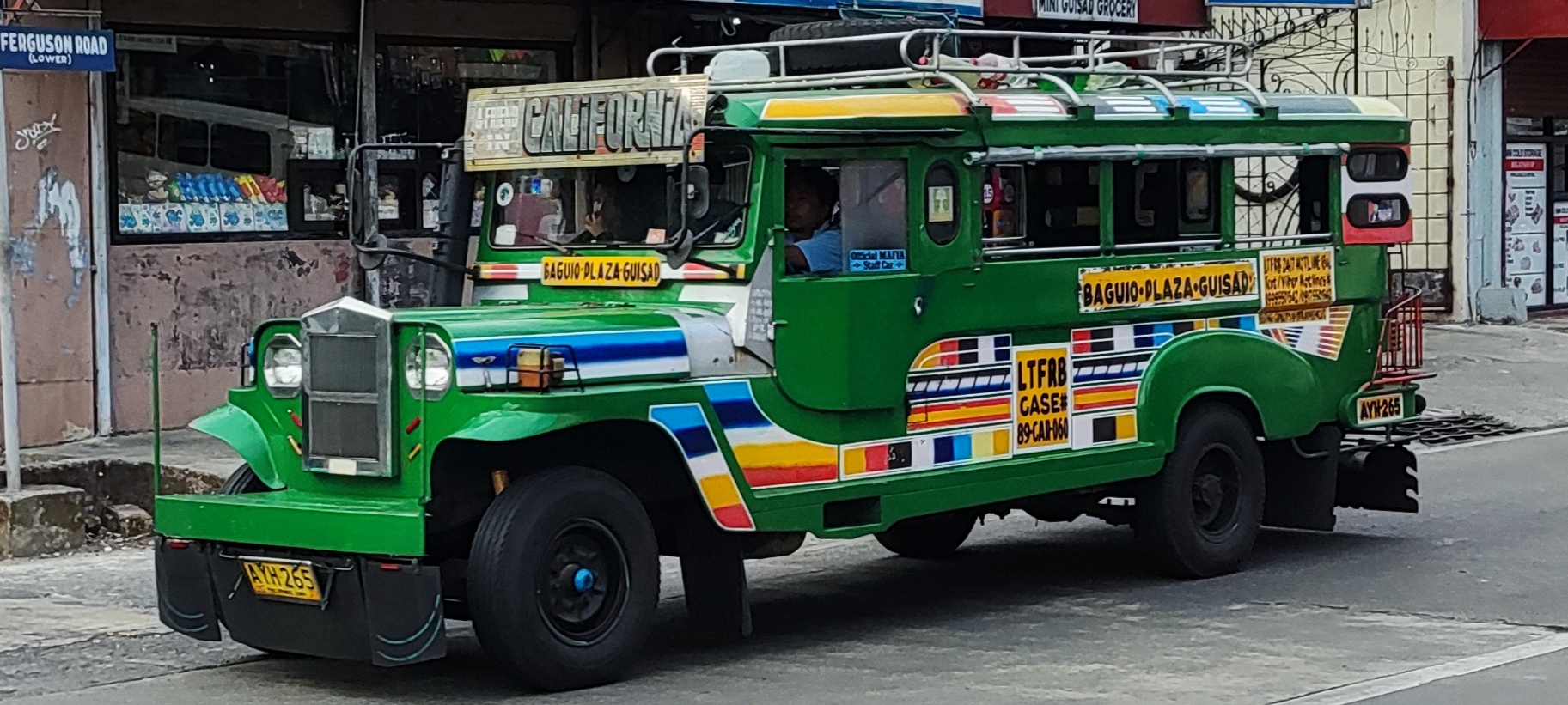KALESA, as the primary mode of transportation, were introduced by the Spaniards sometime 1700s during the Spanish colonial era of the Philippines. These are carriages being drawn by a horse and can usually carry two passengers and the driver commonly called "Kutsero."
Use of kalesas declined in the mid-20th century and now they had been already phased out but still exists only as part of tourist attractions. These literally horse-powered had been taken over by motorized jeepneys and tricycles which i will share with you later.
Riding the kalesa is a very fun experience. As you hear the "tak tak tak tak" sound of the horse shoe hitting the paved road, the kutsero usually shares amusing passed on stories of all sorts which had been termed as "Kwentong Kutsero." While a couple might be true, beware, some are exaggerated and some are hearsays. Haha.
#Philippines
#SomeePh
#Philippinetradition
#Philippineculture
#projectPh_Jed
#Calesa
Use of kalesas declined in the mid-20th century and now they had been already phased out but still exists only as part of tourist attractions. These literally horse-powered had been taken over by motorized jeepneys and tricycles which i will share with you later.
Riding the kalesa is a very fun experience. As you hear the "tak tak tak tak" sound of the horse shoe hitting the paved road, the kutsero usually shares amusing passed on stories of all sorts which had been termed as "Kwentong Kutsero." While a couple might be true, beware, some are exaggerated and some are hearsays. Haha.
#Philippines
#SomeePh
#Philippinetradition
#Philippineculture
#projectPh_Jed
#Calesa
KALESA, as the primary mode of transportation, were introduced by the Spaniards sometime 1700s during the Spanish colonial era of the Philippines. These are carriages being drawn by a horse and can usually carry two passengers and the driver commonly called "Kutsero."
Use of kalesas declined in the mid-20th century and now they had been already phased out but still exists only as part of tourist attractions. These literally horse-powered had been taken over by motorized jeepneys and tricycles which i will share with you later.
Riding the kalesa is a very fun experience. As you hear the "tak tak tak tak" sound of the horse shoe hitting the paved road, the kutsero usually shares amusing passed on stories of all sorts which had been termed as "Kwentong Kutsero." While a couple might be true, beware, some are exaggerated and some are hearsays. Haha.
#Philippines
#SomeePh
#Philippinetradition
#Philippineculture
#projectPh_Jed
#Calesa





